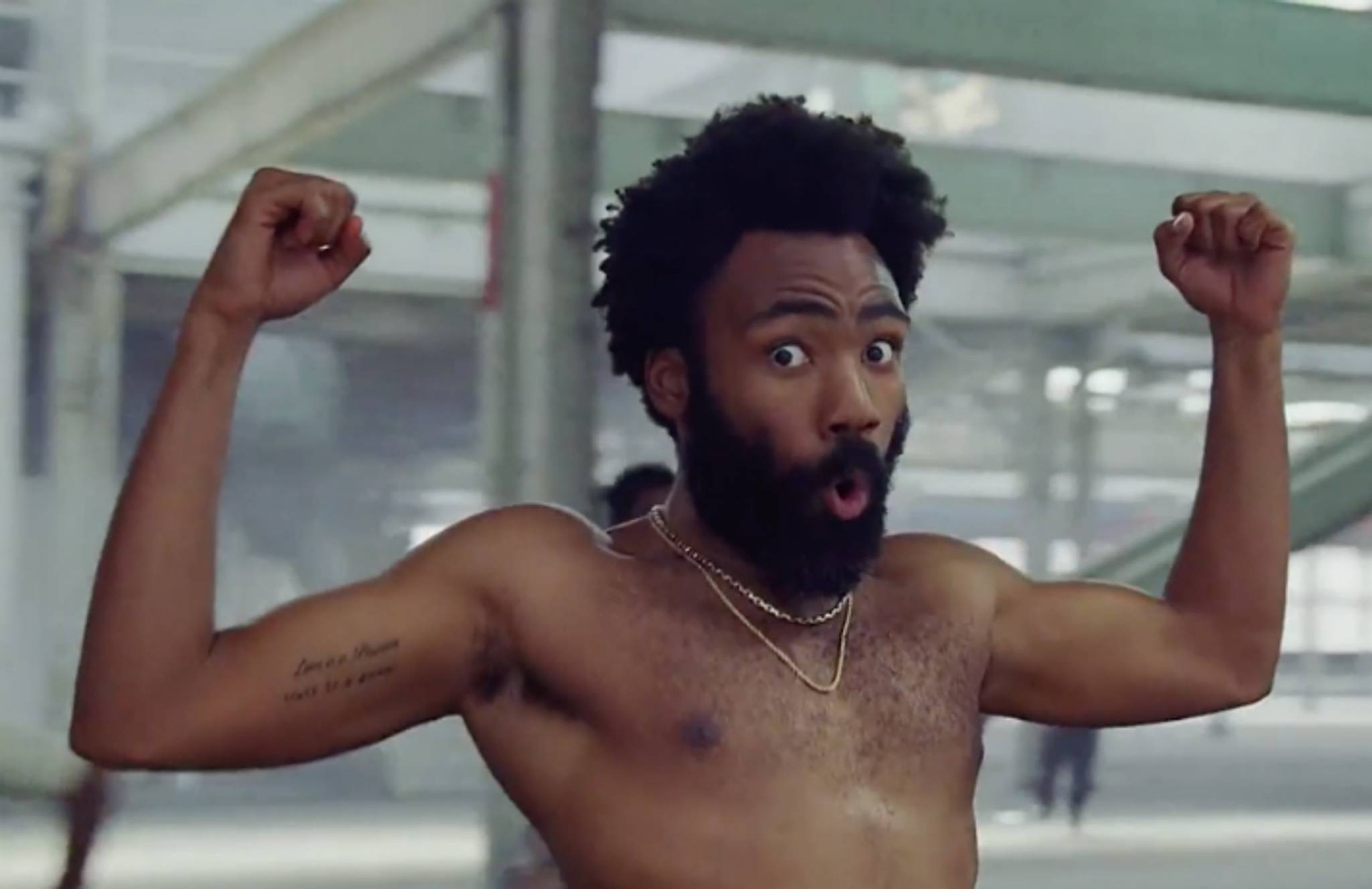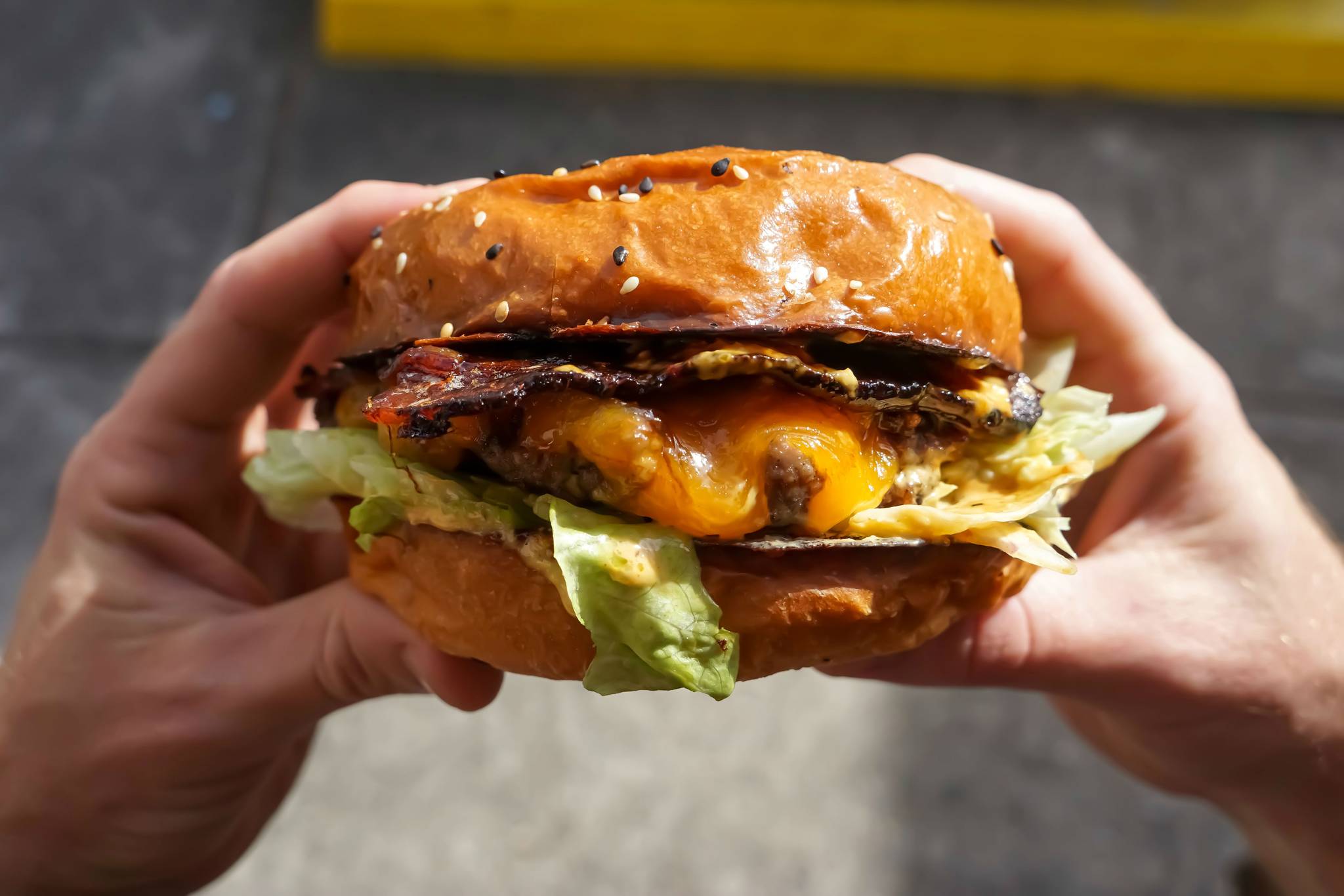
Running since 1960, the Clio Awards recognizes innovation and creative excellence in advertising, design, and communication. But what about the behaviors that underpin the winning messages? Why did a book of tampons go viral? What drove BK fans to McDonald’s drive-thrus? And how did Diesel get Gen Z side hustlers to sell its collection for them? Canvas8 has unpicked the behaviors underlying eight of the winning messages in 2019.
SHORT STORIES
The New York Public Library, Insta Novels, Mother New York
What’s the ad?
While naysayers bemoaned technology’s rise as the death of the book, The New York Public Library decided to tell a different story. Meeting young audiences where they’re most active, the NYPL’s Insta Novels initiative serialized literary classics on Instagram and stored these in its highlights section, transforming the social platform into a ‘digital bookshelf’. Works from authors such as Edgar Allan Poe, Charles Dickens, Charlotte Perkins Gilman, and Franz Kafka were not only translated to the online space but were also accompanied by original illustrations.The result was increased engagement with classic tales, all through social media.
What’s the insight?
Although young people are spending more time online, they’re still looking for inspirational, rich stories to engage with and want to educate themselves. They’re not moving away from brilliant stories, but simply seeking to experience them through different media.
Why is it important?
For brands that have historically worked across traditional media such as print, technology doesn’t have to spell the end of an era – it can present opportunities to innovate. The Insta Novel initiative speaks to young people’s love of literature and a willingness to engage with classics via new platforms. In the UK, Gen Zers have been widely credited with the revival of poetry and for driving new diversity initiatives in the publishing industry.
BURGER TROLLS
Burger King, The Whopper Detour, FCB New York
What’s the ad?
“I’m at McDonald’s, getting a coupon for Burger King. I almost feel like I’m stealing,” said one excited Whopper Detour participant. The campaign saw the fast food giant give a masterclass in trolling, offering mobile users a Whopper burger for 1 cent, with just one catch – they had to drive to a McDonald’s and order through the BK app while there. By geofencing its long-standing rival’s restaurants and dangling a major discount, the brand saw mobile app downloads surge, earning 3.5 billion media impressions in the process.
What’s the insight?
While trolling is generally frowned upon online, people are up for taking sides and choosing a team to get behind, especially when there’s a clear (and easy to access) reward involved. Burger King played into its rivalry with McDonald’s in a fresh way, encouraging people to download the app and practice the habit of ordering through their phone, while boosting brand loyalty in the process. Burger King’s mobile sales jumped three-fold during the month-long promotion and sales remained twice as high as normal once it had ended.
Why is it important?
In an attention-starved economy, where Americans are growing ever-fonder of using ad blockers and skipping commercials, brands need to find fresh ways to speak to existing audiences and spark engagement with new ones. Creating new cultural moments or being present in them is one sure-fire way in. Wendy’s adopted a similar strategy when it joined a Fortnite special event to destroy freezers at an in-game fast food outlet and ‘Keep Fortnite Fresh’.
Read the Canvas8 case study here
OVERPRICED PERIODS
The Female Company, The Tampon Book, Scholz & Friends Berlin
What’s the ad?
50 years ago, German lawmakers decided to tax tampons at the highest rate of 19% – a rate usually ascribed to luxuries like caviar. Taking umbrage at the idea that menstruation is one of life’s great treats, a group of creative women sought to change the status quo and get sanitary products taxed at the lower 7% rate applied to books. Their innovative solution was to create The Tampon Book, which not only educated people about the injustice, but also sold tampons in a way that would avoid the luxury tax classification. The product sold out and the campaign was picked up across social media, garnering thousands of impressions, hopefully sparking a conversation across society.
What’s the insight?
By hacking the tax system and marrying innovation and social satire, The Female Company was able to integrate a ‘women’s issue’ into mainstream conversation and increase engagement with a typically sidelined subject.
Why is it important?
People are willing to put their money behind their beliefs, and women are fed up of being subjected to archaic views and systems. Pushing for inclusivity and equal representation means unpacking taboo subjects such as periods, menopause, or sexual liberation, and reframing the narrative in positive, open, and bold terms. For example, Better Not Younger is taking ownership of the conversation around aging, creating targeted products accompanied by nuanced imagery that speaks directly to its audience.
INCLUSIVE GAMES
Microsoft, Changing the Game, McCann New York
What’s the ad?
“I never thought this was unfair. I just thought ‘hey, this is the way it is and it’s never going to change,’” says one young, disabled American. Up until recently, his assessment of the gaming landscape as exclusively for ‘able’ gamers was correct, but Microsoft has worked to change that. Its creation of an inclusive console opens gaming up for the whole spectrum of players. As the tech company summarized: “When everybody plays, we all win.”
What’s the insight?
Calls for inclusivity are growing louder as people look for products across sectors that recognize and accommodate diverse needs. As gaming continues to grow, Microsoft’s device ensures that a new generation of players will be able to have fun and interact with others without impediment.
Why is it important?
For decades, product design has focused on one ‘standard’ body type. Living spaces, furniture, homewares, and gaming consoles have all been designed around the idea that one size fits all. But a growing awareness of the importance and power of inclusive design has seen the landscape rapidly evolve. For instance, IKEA Israel has launched a series of inclusive homeware products, while Target has created sensory furniture for autistic children.
SILVER SISTERS
L’Oréal, The Non-Issue, McCann Paris
What’s the ad?
Taking on stereotypes around aging, L’Oréal partnered with British Vogue to create an issue dedicated to celebrating women aged 50 and over. A first for the style bible, every page presented new and unexplored narratives around this cohort. From the interviewees to the photographers used, each contributor worked to dismantle the idea that aging is a shameful or fearful thing. The result? The Non-Issue racked up 19 million organic impressions and gave the press plenty to talk about.
What’s the insight?
According to L’Oréal, 40% of women are over 50 but only 15% are represented in the media. Boasting significant spending power, older women want to feel authentically represented in the media and brands are starting to take note.
Why is it important?
Age stereotyping is coming to an end as women take control of their narratives through social media. Older style icons that show the inspirational and aspirational of later life are being coveted by beauty and fashion brands looking to provide authentic and nuanced depictions of women over 45. Céline used famed essayist Joan Didion for its SS15 campaign and Louis Vuitton previously partnered with actress and model Catherine Deneuve.
SOCIAL SELLERS
Diesel, Be a Follower, Publicis Italy
What’s the ad?
To launch a new collection, Diesel went back to old-fashioned word of mouth, using its customers to sell items and boost publicity. Customers could curate their own products and promote sales of these pieces over social media, providing a specific discount code to their followers. The more they sold to their friends, the more money they got to spend in store. This proved to be a more effective e-commerce strategy than any previous influencer campaign the brand had run before, in turn driving more engagement and loyalty.
What’s the insight?
Tapping into the entrepreneurial mindset of Gen Zers, Diesel leveraged young people’s love of the side hustle for its collection. It recognized that peer-to-peer recommendations are proving more powerful as shoppers grow tired of influencer noise.
Why is it important?
As businesses look to create dedicated communities around their brands, understanding how to harness social media for maximum impact is crucial. Diesel’s nano-influencer strategy avoid mass marketing in favor of a more targeted approach, relying on individual consumers’ passion to spread the gospel and become brand champions. Sephora used a similar strategy with the creation of the Squad, in which it invited everyday users to become influencers for the brand.
COMMUNITY CONSCIENCE
Leroy Merlin, Lessons for Good, Publicis Italy
What’s the ad?
Leroy Merlin used its 50 stores across Italy to offer free DIY lessons to customers. Starting out by teaching these lessons in-store, where the creations were thrown away afterward, the business partnered with local charities, using customers to create meaningful change in their communities while teaching them lasting life skills.
What’s the insight?
As home-ownership dwindles and becomes a distant dream for many, younger generations are less likely to develop traditional household skills such as DIY. But they’re eager to learn and are also looking for brands that demonstrate social purpose and positive values.
Why is it important?
If conventional life paths feel impossible to follow for many, homeware brands need to rethink how they can be a part of people’s everyday lives. Teaching skills helps to foster meaningful connections between brands and consumers, and rooting this learning within communities brings in a feel-good factor and emphasizes moral value. In the UK, the Men’s Sheds Association operates along a similar premise, bringing people together around DIY while helping to counter loneliness.
DIRECT ACTIVISM
Patagonia, Blue Heart, Farm League
What’s the ad?
Patagonia’s 40-minute film about a river system in the Balkans highlighted the environmental activism at the heart of the brand’s identity. The feature showed the challenges and contentious activity that have come about as a result of the area’s hydropower gold rush, and invokes the protection of the area’s ‘Blue Heart’. A compelling and provocative venture, Blue Heart affirms Patagonia’s reputation as a champion of the natural world and sustainable living.
What’s the insight?
As sustainability becomes more of a priority, people are wary of ‘green-washing’ and are looking for brands that are transparent in their eco efforts. Younger generations are especially keen to see brands taking a stand, but are also the most willing to call out companies that aren’t aligning with their marketing messages.
Why is this important?
Pro-social and environmental brands such as Patagonia are going against other corporations, inviting consumers to choose a side rather than staying neutral in fear of alienating a certain audience. Less divisive but equally as radical, Unilever announced plans to shift to become carbon neutral by 2030, has already reduced its use of single-use plastics, and partnered with Loop to demonstrate the sincerity of its commitment.
India Doyleis commissioning editor at Canvas8, which specializes in behavioral insights and consumer research. She’s covered fashion and culture for leading publications around the globe, tapping into everything from biometric beauty trends to disobedience in architecture. She loves ugly shoes and googling the weather.



